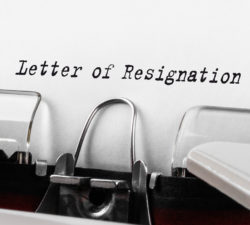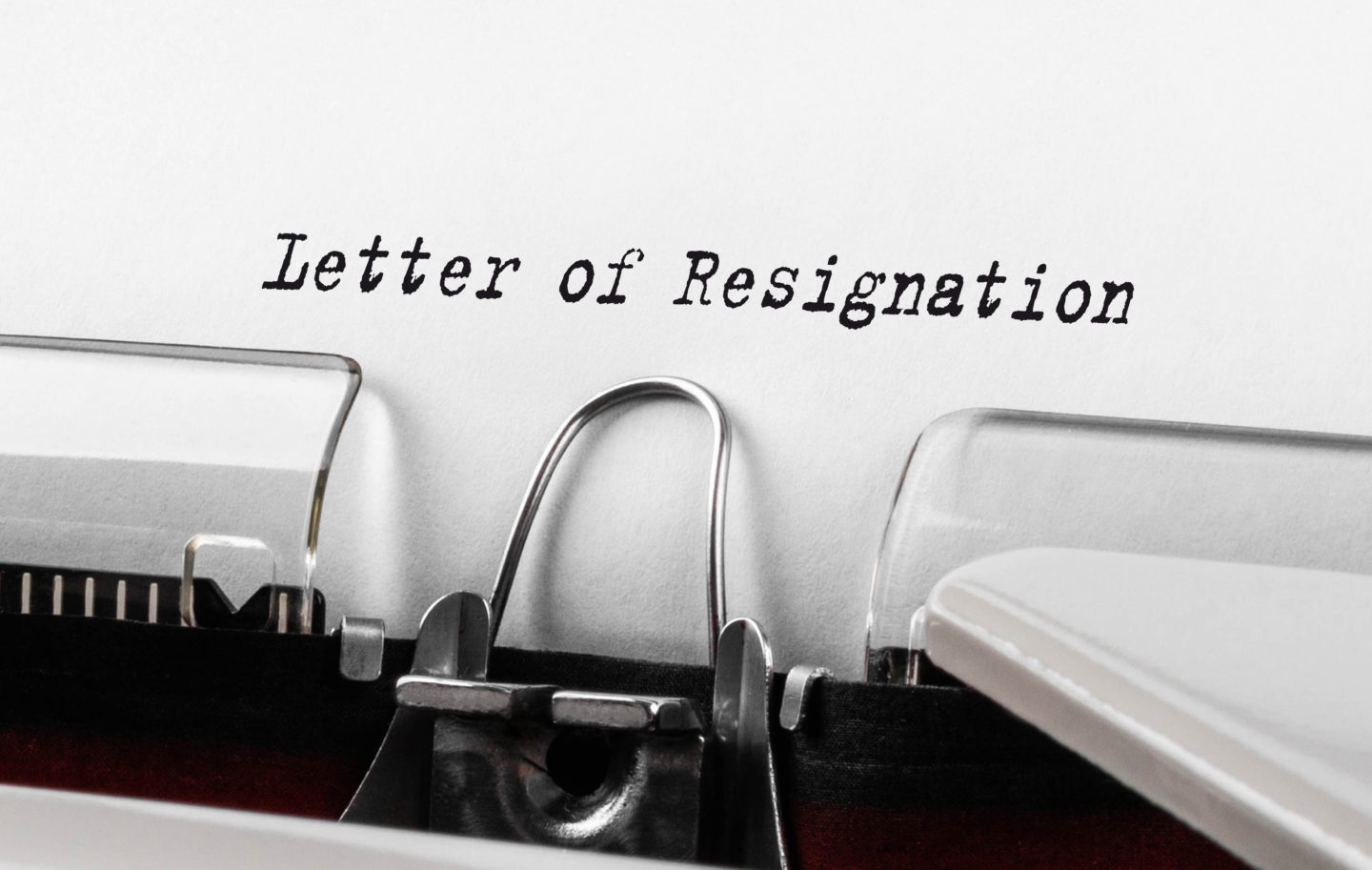After nine years at the helm, UBS’s board of directors decided to replace Sergio Ermotti with Ralph Hammers, even though Ermotti’s final year in the role, 2020, ended up being the most successful in the bank’s recent history, raising the question of whether he was let go too early. Over on Wall Street, bosses appear to be digging in for the long-term. In September, Bank of America CEO Brian Moynihan signaled that he intends to stay in the role until the end of the decade, while the chief executives of JP Morgan Chase and Morgan Stanley have also indicated that they plan to spend lengthy periods at the top.
Can academic research inform this discussion and provide guidance on how to deal with CEO tenure and turnover issues? Looking at previous academic research on the topic, a mosaic of empirical evidence suggests that corporate outcomes – such as earnings management, firm-customer and firm-employee relationships, innovation, net investments, and profitability – vary…



 Audio available
Audio available